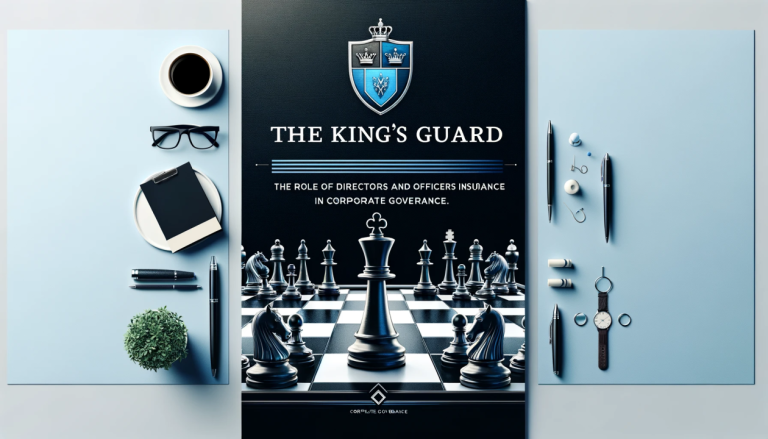Run-off insurance is directly related to claims-made insurances. These insurances are characterized by the fact that their trigger is not the date of occurrence of the event (Occurrence Basis) (common when the main coverage in them is bodily injury to property where it is clear when the event that activates the policy occurred), but the date of the first filing of the claim against the insured. In view of the fact that it is necessary for the insured to have a relevant policy in force at the time of filing the claim, there is a need to maintain the insurance continuously and make sure to renew the insurance every year.
The importance of keeping the insurance valid causes many difficulties in certain cases where the insured cannot or does not wish to continue to purchase ongoing coverage (OnGoing Coverage). In such a case, in order for the insured to be able to continue to be covered and not “lose” the insurance sequence he has accumulated, the run-off policy can be purchased.
A run-off policy, or by its other name a tail policy, will provide coverage for any claim filed in the future for any act of default (covered by the policy) that occurred up to the day the run-off comes into effect. The run-off can be bought for a period of between one and seven years (period The statute of limitations is usually 7 years, therefore it is customary to purchase the coverage for this period) and thus the insured will have coverage for the next 7 years for any claim filed for an act of default that occurred up to the start date of the run-off.
When will it usually be necessary to purchase a run-off?
As mentioned, the run-off policy must be purchased when the insured cannot or does not want to continue to have ongoing coverage. For example, in the case of mergers and acquisitions – in directors and officers’ liability insurance (D&O), there is a “Transaction” clause that states that in the event of a change of control, the insurance is converted to a run-off until the end of the policy period. In this case, it would be in the seller’s interest to purchase run-off insurance for seven years from the day after the closing, for its officers so that if they are sued for past actions (and also for representations given by them during the transaction) they will continue to benefit from insurance coverage. It should be emphasized that this is usually a common condition established by buyers in transactions of this kind where they oblige the seller to have run-off insurance.
Another example is a situation where the company breaks up, there is actually no company and there is no need to have ongoing coverage, but claims may still be filed against the managers or employees of the company, and therefore there will be an interest in purchasing run-off insurance – not only for insurance for directors and officers, but also for example for Professional Liability Insurance.
In conclusion, insurance based on a claim has a main weakness which is keeping the insurance valid. It is very important to know the tool of run-off insurance and know how to prepare accordingly when there are substantial changes during the life of the company.






























































































































